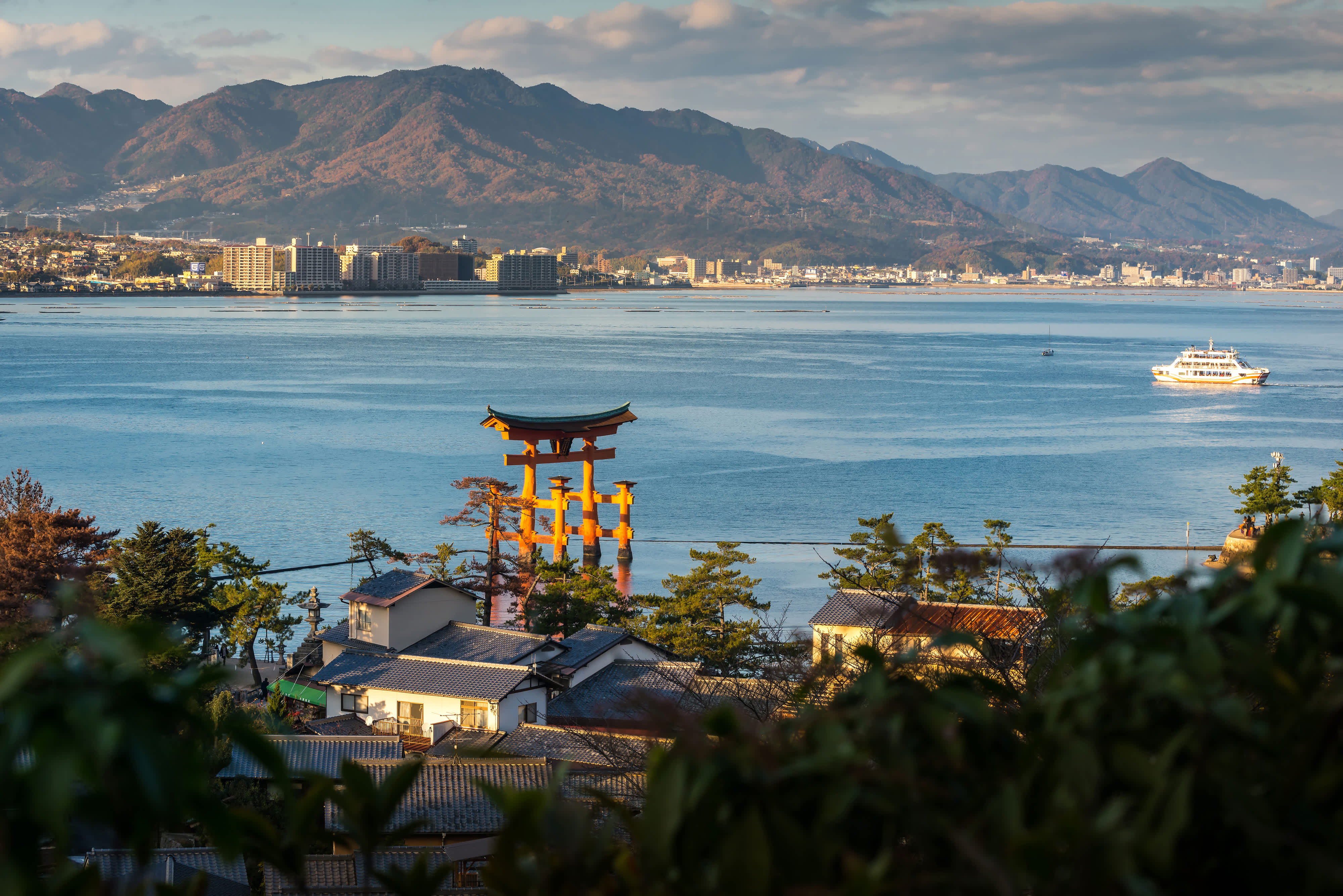
Hiroshima, a symbol of resistance and rebirth, deserves to be at the top of your bucket list of places to visit in Japan. The City of Peace, which just welcomed the latest G7 Summit, is a must-see destination in Japan's south. With a rich historic past that extends well beyond the tragic 1945 events, a vibrant city life, wonderful local cuisine, and gorgeous surroundings as it lies by the blue waters of Hiroshima Bay, let’s take a look at everything Hiroshima has to offer!
The best sights to see in Hiroshima
Shukkei-en Garden
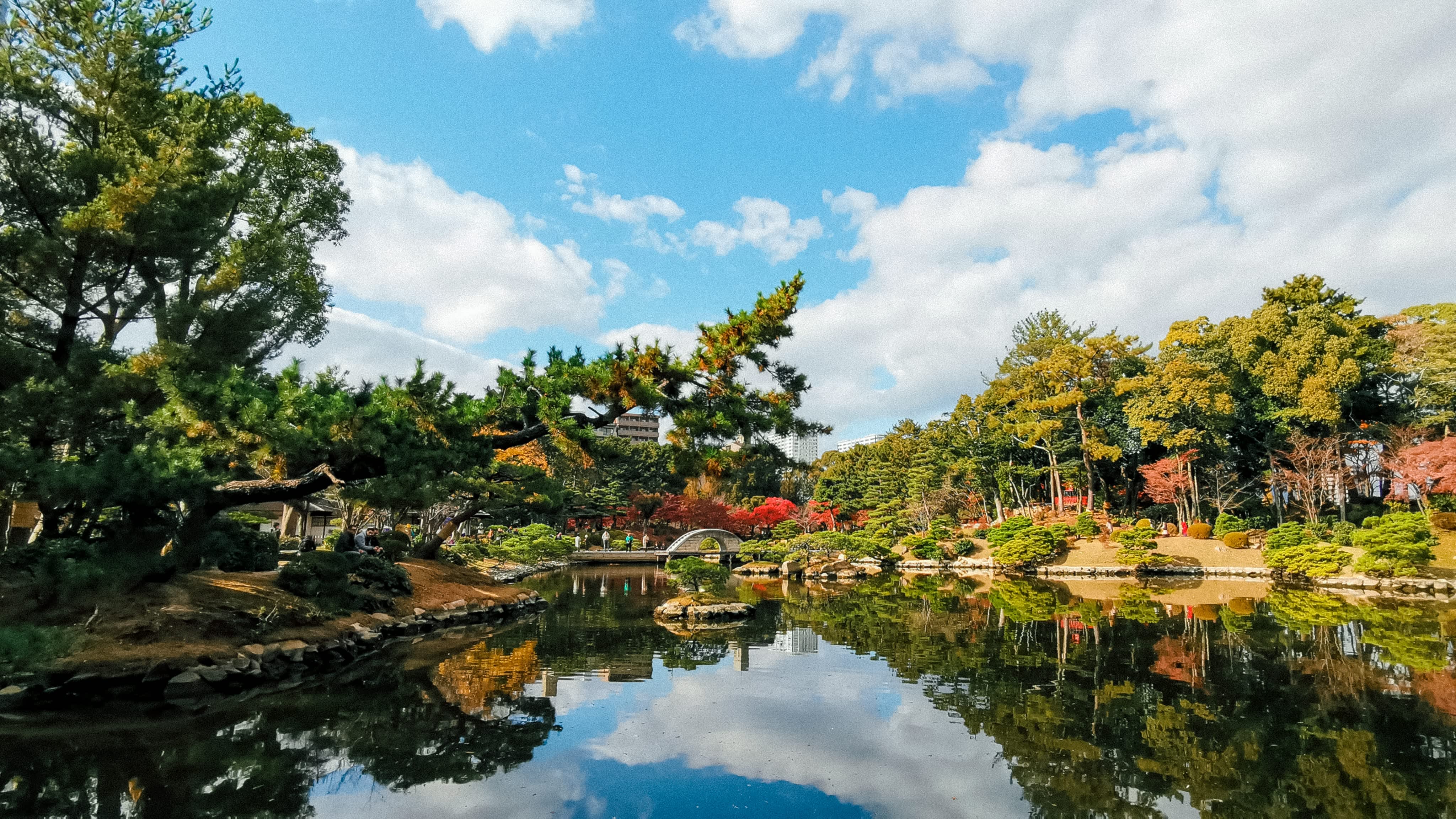
A serene and calm invitation to contemplation, the Shukkei-en Garden is a perfect example of what a Japanese garden should be; an escape from the city, a charming place to walk around or sit and relax, and lose track of time for a few hours!
This historic landmark was built in 1620 by the first feudal lord of the Hiroshima domain, Nagaakira Asano, as a garden for his villa. Shukkei-en is an enjoyable visit throughout the year, but it reveals its true beauty during fall, as its maple trees turn red, and lights give the park a whole new depth at night. Beautifully designed around lovely paths, trimmed trees and koï fish ponds (make sure you buy some fish food at the entrance, and watch the koi carps dance in a blur of colours as you feed them!), the Shukkei-en Garden is a must-see in Hiroshima.
Hiroshima Peace Memorial Park & Atomic Bomb Dome
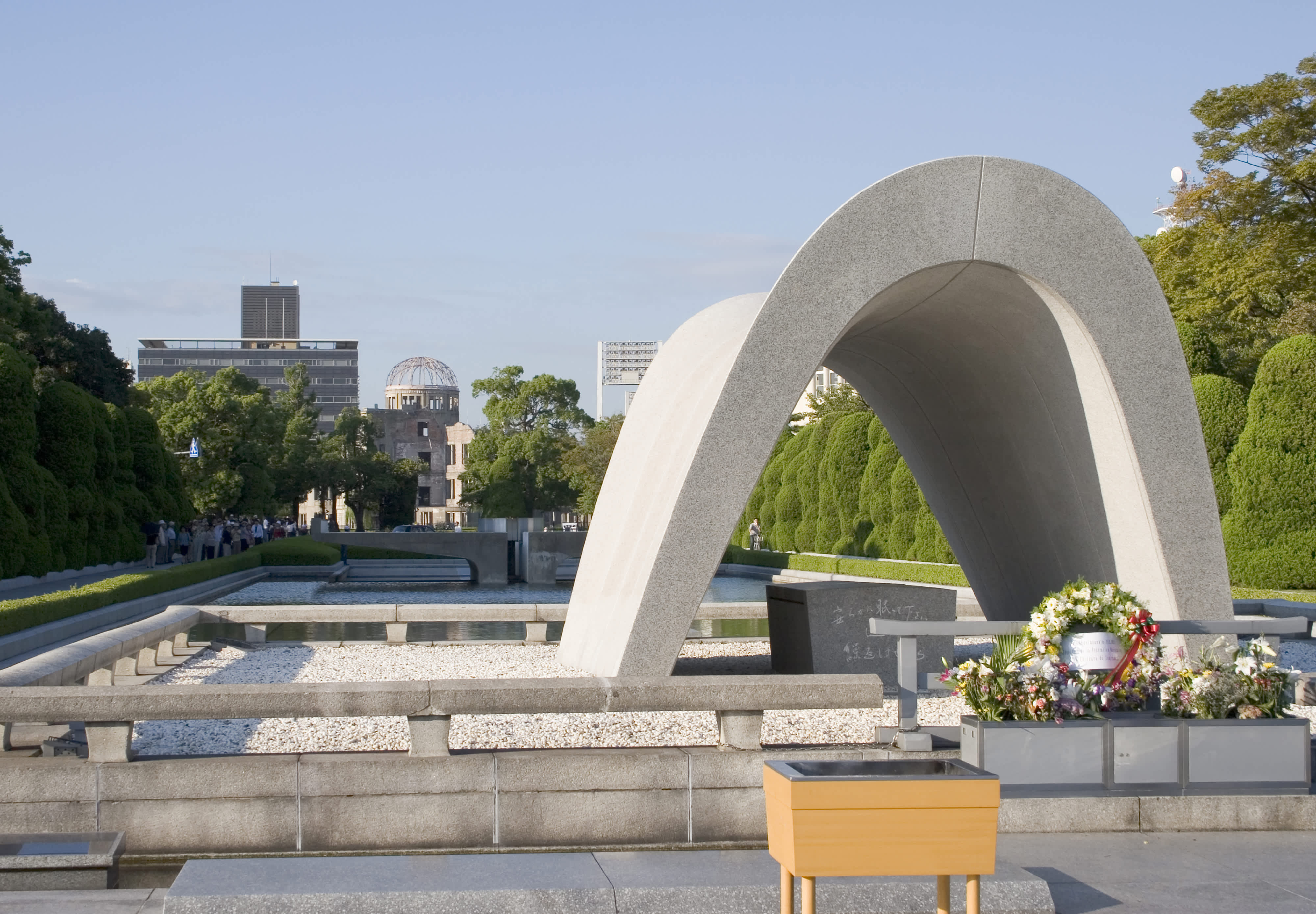
The Hiroshima Peace Memorial Park was founded in 1954 at the site of an open field that was initially created by the atomic bombing of 1945. The park itself consists of stark white architecture laced with bright greenery and foliage. At the centre of the park, an arc shaped monument is the main site for the annual Peace Memorial Ceremony, often attended by major G7 leaders. Visitors can also go and see a number of museums on the park grounds, such as the Children’s Peace Museum and the historic Rest House that dates back to the day of the bombing.
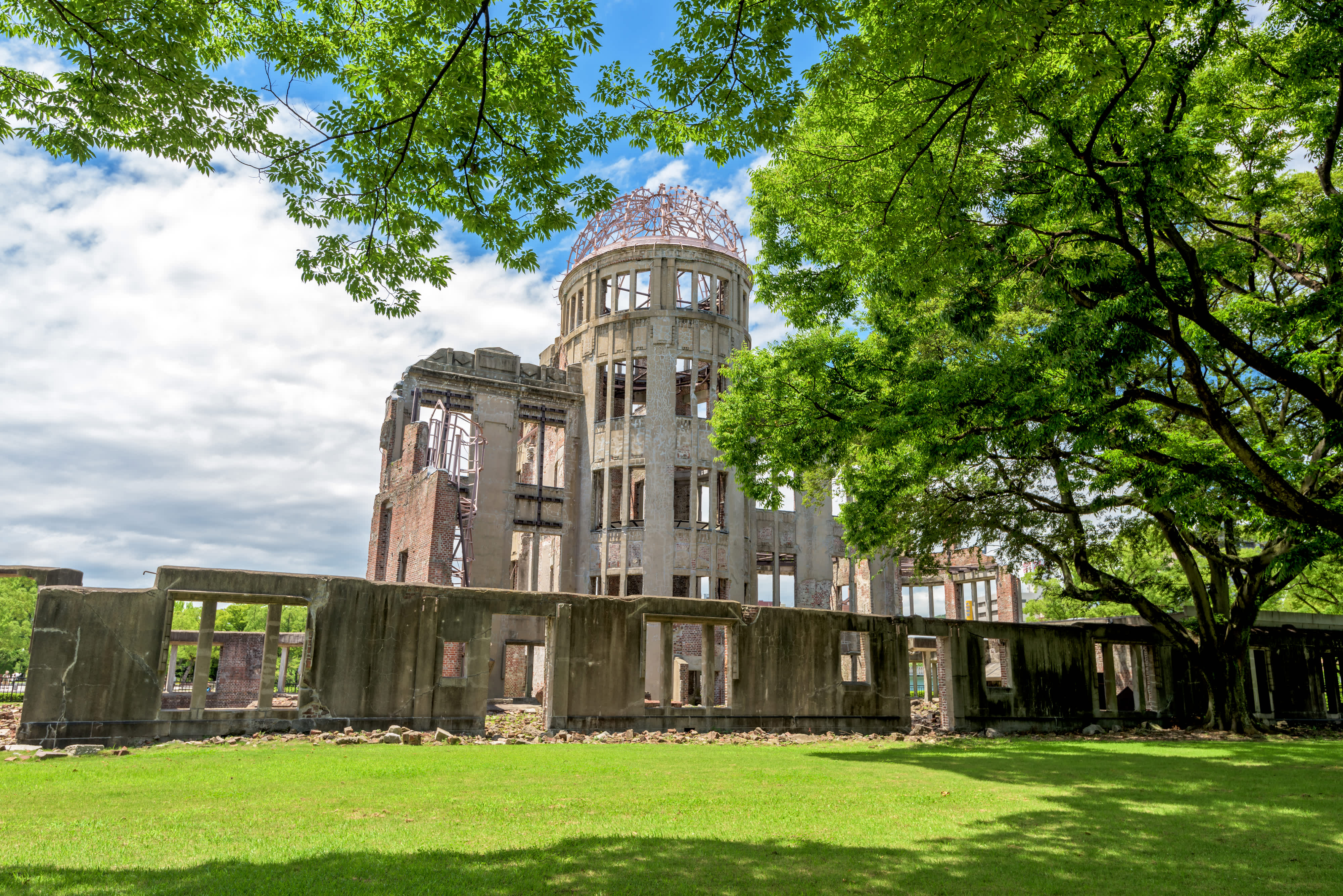
Within the park, you will also find the A-Bomb Dome that has been preserved as in 1945, looking as though frozen in time. This dome was the building closest to the epicentre of the detonation that maintained its structure, though the initial damage it suffered still remains. The tattered silhouette starkly contrasts the pristine aesthetic of other parts of the park, serving as a physical representation of the city’s past defined by destruction and future by progress.
Mitaki-Dera Temple
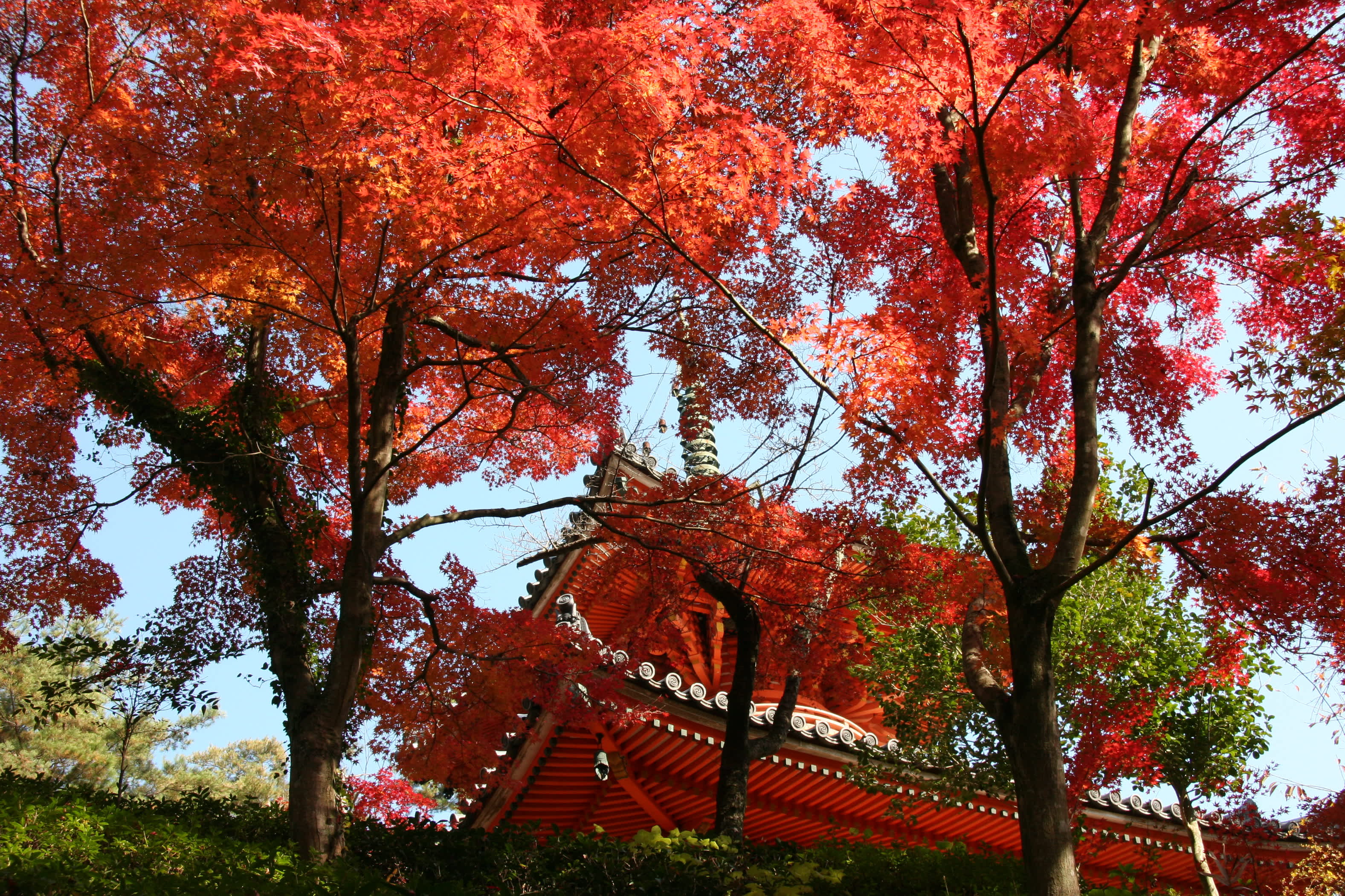
Not exactly an unknown spot as it is an appreciated location to enjoy the sakura (cherry blossoms in spring) and the momiji (red maple leaves in autumn) celebrations, the Mitaki-Dera Temple is still an understated hidden gem in Hiroshima. Located on the slopes of Mount Mitaki, a short train ride away from the city centre - don’t forget your Japan Rail Pass -, this Buddhist temple dates back to 809 and is a truly breathtaking experience.
An almost mystical atmosphere envelops the area and invites you to become one with nature as you stroll between statues, deep vegetation and quaint rivers, pagodas. Both a quiet hike near the city and a powerful dive into the region’s spiritual background, Mitaki-Dera is a sensory journey to another realm, one where the sounds of the wind rustling the leaves, the water rushing through the rocks and nature will carry you, if you let them.
Hiroshima Castle
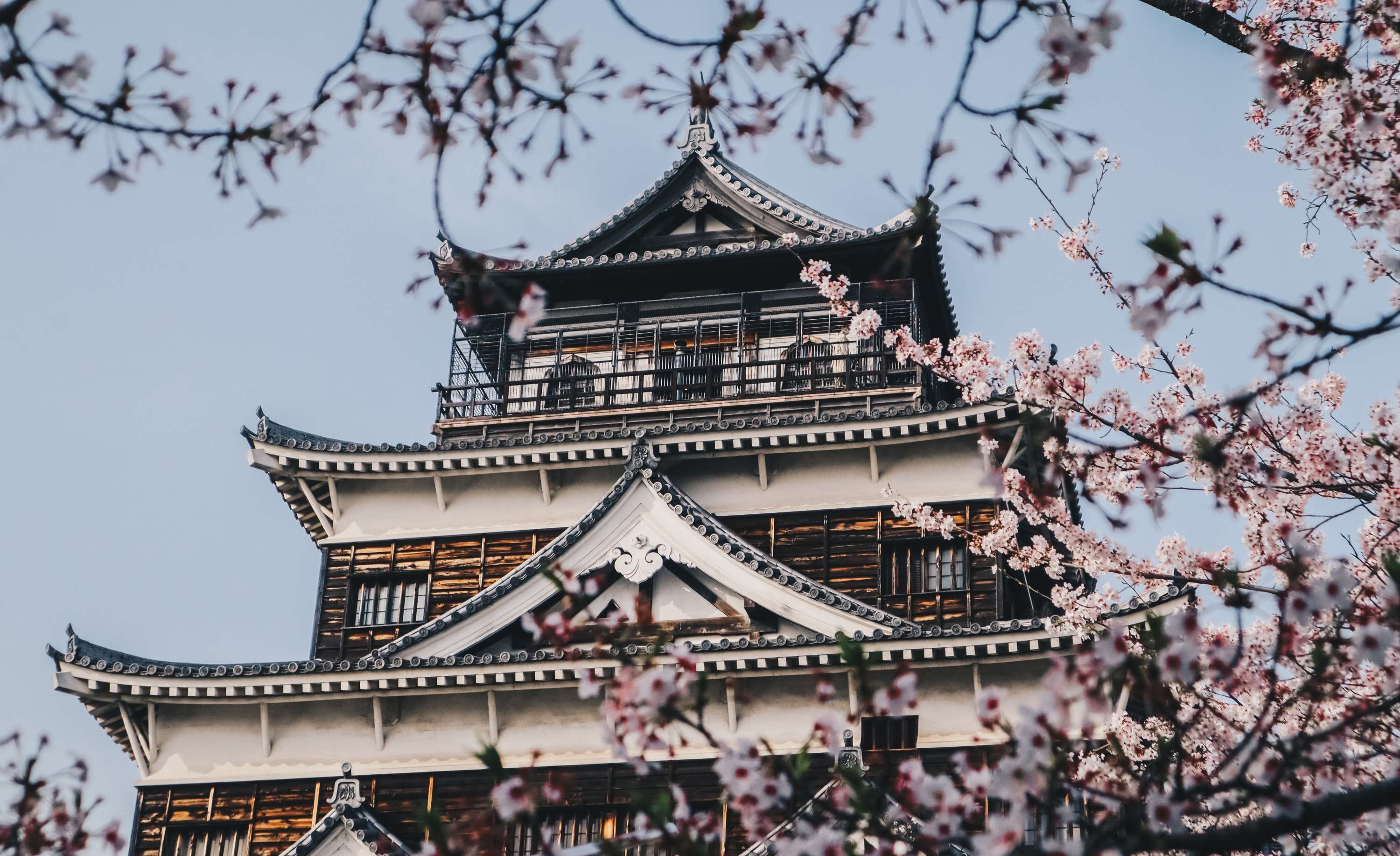
While the castle you will see today only dates back to 1958 - the original one having been lost to the atomic bombing of 1945 - Hiroshima Castle is still a historic visit to add to your to-do list in Hiroshima. Also known as “Carp Castle”, the landmark now serves as a museum retracing not only the history of the city and its famed castle, but also castles in Japan in general. Exhibits about the fascinating reconstruction efforts also take place at Hiroshima Castle, such as the recent restoration of the castle’s line of defense with original techniques dating back to its original making in 1589. From the top floor, you will be able to enjoy a stunning panoramic view of Hiroshima, at the heart of its city centre, steps away from the Peace Memorial Park.
Ride on the old-time Hiroden vintage trolleys
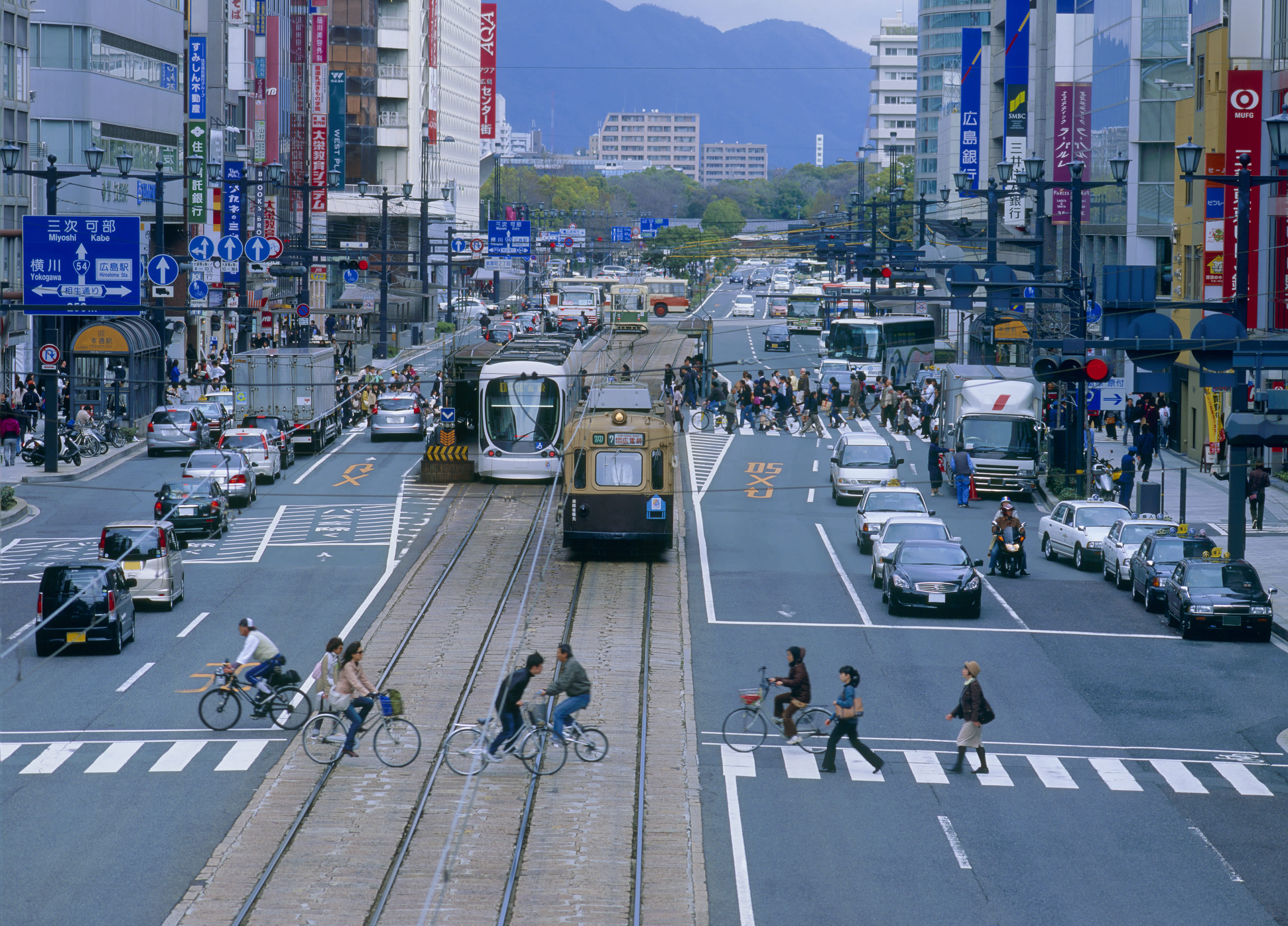
The remnants of yesteryear exist in Hiroshima in many ways, especially embodied through the old-time Hiroden Vintage Trolley cars that run through the streets. These trolley cars do more than simply looking the part for the vintage aesthetic, with their wooden-frames and lacquer paint. Many of these trolley cars were issued prior to the dropping of the bomb, and many of them still exist today and are still in operation, servicing the city as an iconic form of public transportation. The presence of these trolley cars at the time of the bombing has led to them being dubbed hibaku densha (被爆電車), meaning atomic bomb cable cars. These trolley cars are an essential piece of Hiroshima history, as well as a practical way to explore what the rest of the city has to offer! The Hiroden trolley network is usable with your Suica prepaid card too.
A dive into Hiroshima’s rich food culture
Wood Egg Museum
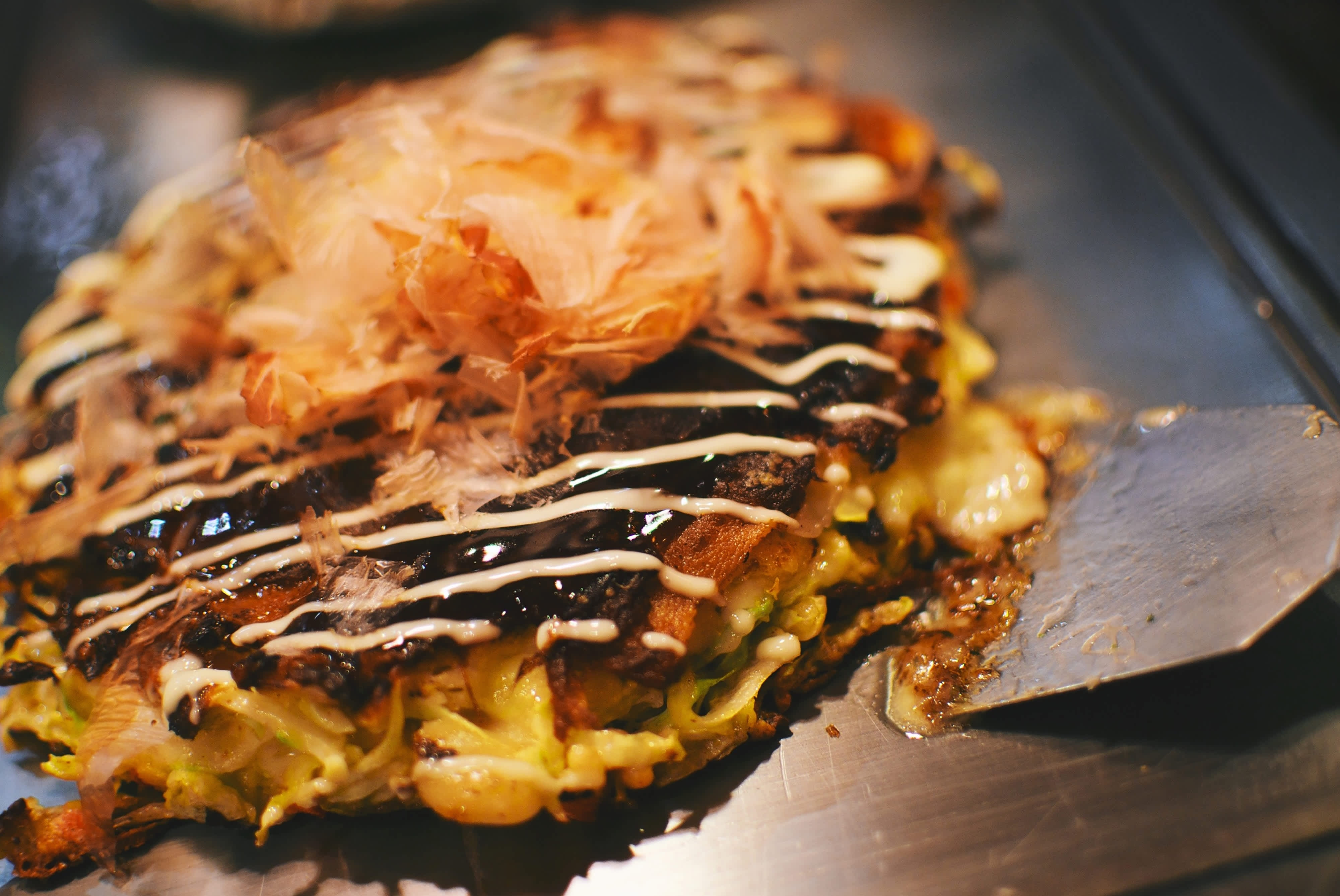
If there is any type of cuisine that symbolises Hiroshima as a whole, it is okonomiyaki (お好み焼き). Literally translating to “cooked as you like,” the possibilities with okonomiyaki are nearly endless. Okonomiyaki is a savory batter made with cabbage, flour, and egg that is cooked on a flat-top grill and mixed with a number of ingredients like meat, seafood, vegetables, and even more surprising elements like mochi. After grilling, it is often topped with a variety of sauces and shaved bonito flakes. Okonomiyaki is also heavily associated with Osaka, but Hiroshima-style okonomiyaki is distinct in its addition of grilled soba noodles and more layered construction, where individual components are cooked and then put together at the end.
People can indulge in this regional specialty in a very unique way at the Hiroshima Wood Egg Okonomiyaki Museum. As the name implies, the museum is constructed largely of wood and in an ovoid shape. Here, visitors can engage in all things Okonomiyaki. On the second floor, there is a museum documenting the city’s history with the dish, such as its connection to post-war Hiroshima that optimized the dish to work with the lack of food resources at the time. There are even a number of different cooking studios at the museum that cater to people of all ages and skill levels.
Okonomimura
Sure, we’re not revealing anything ground-breaking by advising you to go to the Okonomimura, as this place is a culinary institution in Hiroshima and can get quite crowded. But if okonomiyaki is the heart and soul of Hiroshima’s gastronomy, then Okonomimura is where it physically resides. This vibrant, bustling building is a temple dedicated to okonomiyaki, and boasts three - yes, three - full floors of food stalls, all serving some sort of variation of this iconic local dish.
As you walk in, you’re immediately enveloped in a sensory overload of delicious-smelling okonomiyaki being cooked right before your eyes, sizzling on the open grill, oozing with succulent toppings. The hardest part is to choose where to sit down and get a real taste of what Hiroshima’s renowned street food is all about. Fortunately, there’s no way to make the wrong choice : every single okonomiyaki stall in Okonomimura is la crème de la crème.
Yagenbori Hassho
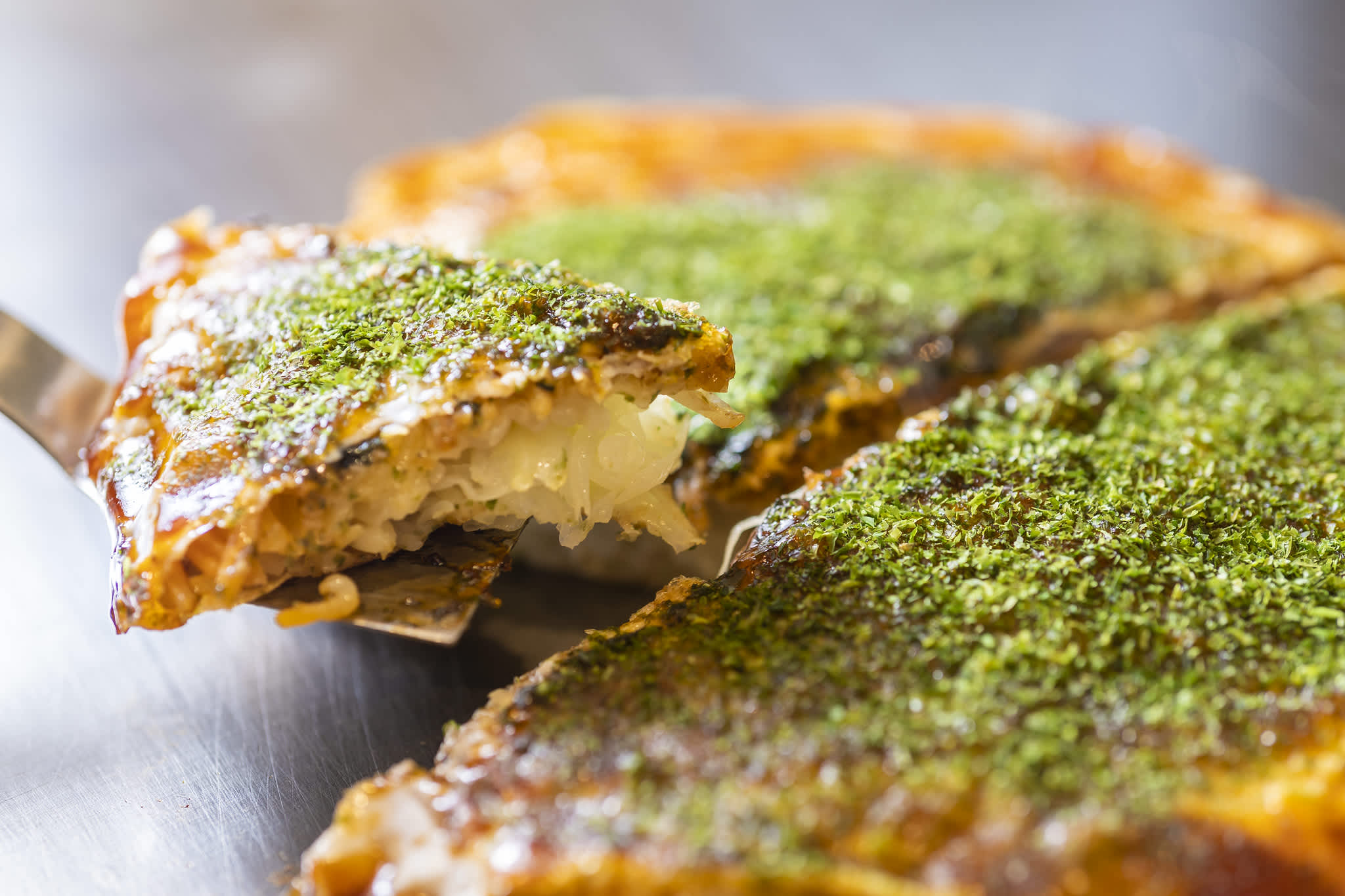
While you wait for this Hiroshima food classic to land on your plate, don’t forget to also get a taste of another staple of the city’s rich cuisine : oysters. Creamy, fresh oysters get thrown on the grill and sizzle for a bit, and serve as a perfect appetizer. Though Yagenbori Hassho is really specialised in okonomiyakis, don’t overlook the rest of their menu, including some fine teppanyaki recipes.
Ekohiiki
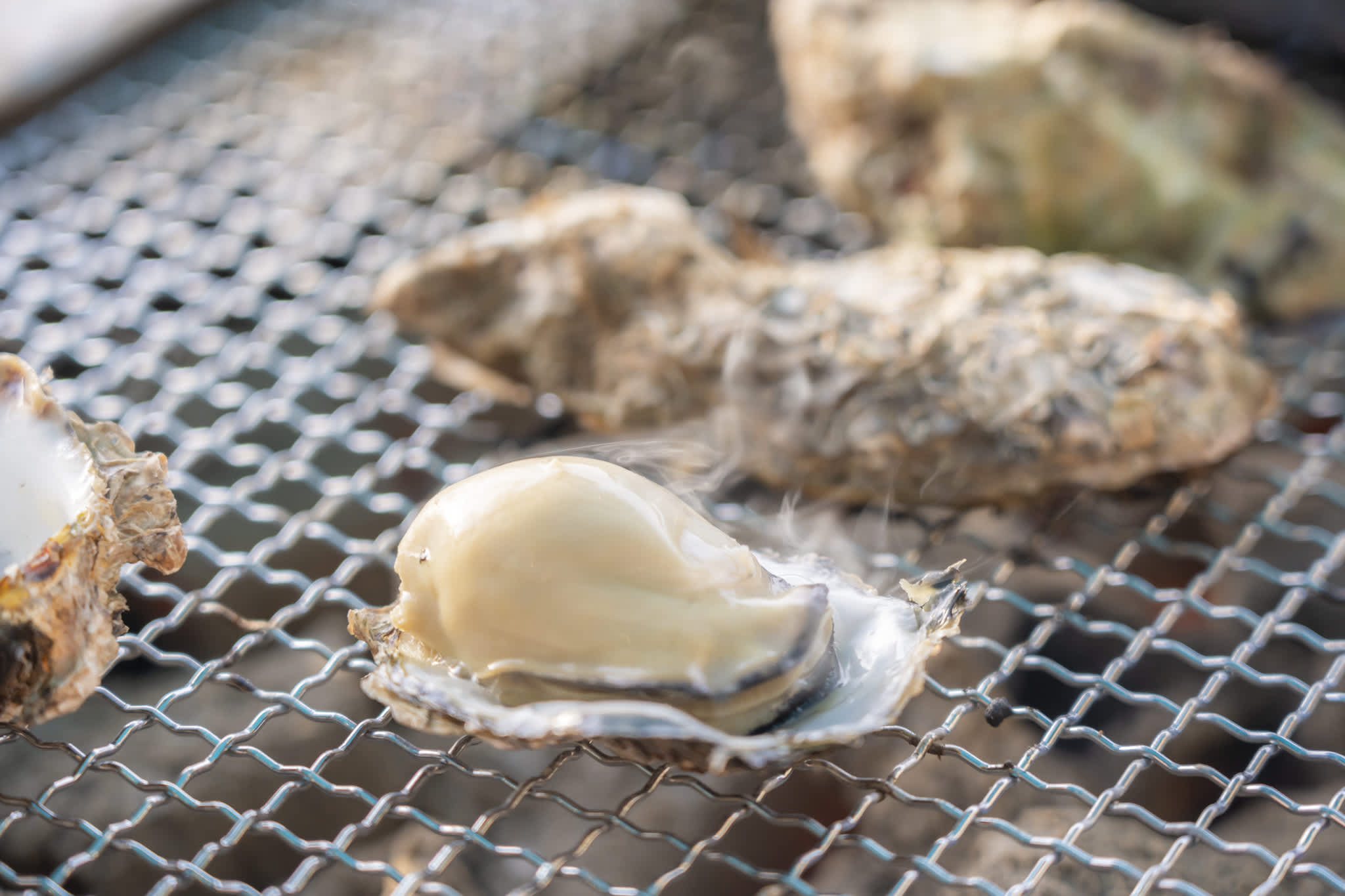
Ekohiiki, in the Otemachi neighborhood, is Hiroshima cuisine through-and-through, the locally cultivated oysters being the establishment’s main claim to fame.
Hiroshima is actually Japan’s largest oyster production region, largely defined by their large size and rich brininess. Oysters at Ekohiiki come in a variety of preparations, including raw, steamed and served with Japanese citrus fruits, breaded and fried, and also grilled with butter!
Anago (Conger Sea Eel) is also a prominent part of the Hiroshima culinary sector, often sourced from the waters around Miyajima. The anago offerings at Ekohiiki are also delicious and diverse, served kabayaki style, grilled and glazed with a sweet and savory sauce, tempura fried, or in a simple sashimi.
Momijido
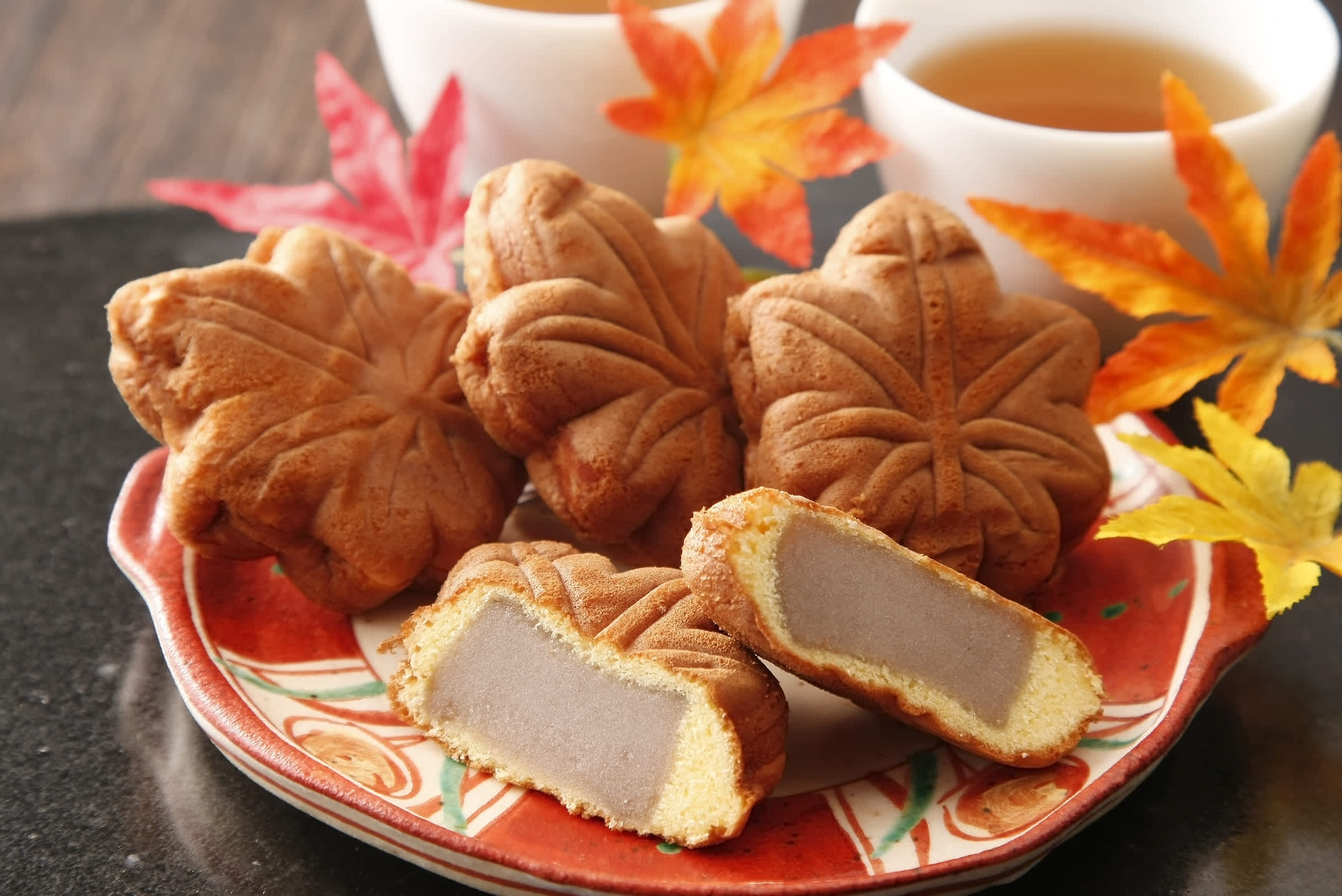
Located right next to another food staple of Mijayima, Kakiya and its renowned seafood menu including local oyster recipes, Momijido is the perfect place to try out regional sweet snacks enjoyed by the people of Hiroshima. This small corner serves a delicious fried version of the traditional momiji manju - a maple leaf shaped sweet pastry.
The original recipe remains, a soft cake with a filling inside, usually red bean (azuki) paste. However, at this little Mijayima (a ferry available with the Japan Rail Pass will take you there from Hiroshma) shop, momiji manju is coated with batter, and fried ! The result is a mouth-watering twist of an already succulent sweet, and is called age-momiji. The fried outside contrasts perfectly with the warm and soft inside of the momiji manju, and adds a new depth to this famous pastry. A great way to rediscover - or get a tasty introduction to - this Japanese culinary staple.
Scenic spots in the Hiroshima Bay
Itsukushima Shrine/Mijayima Island
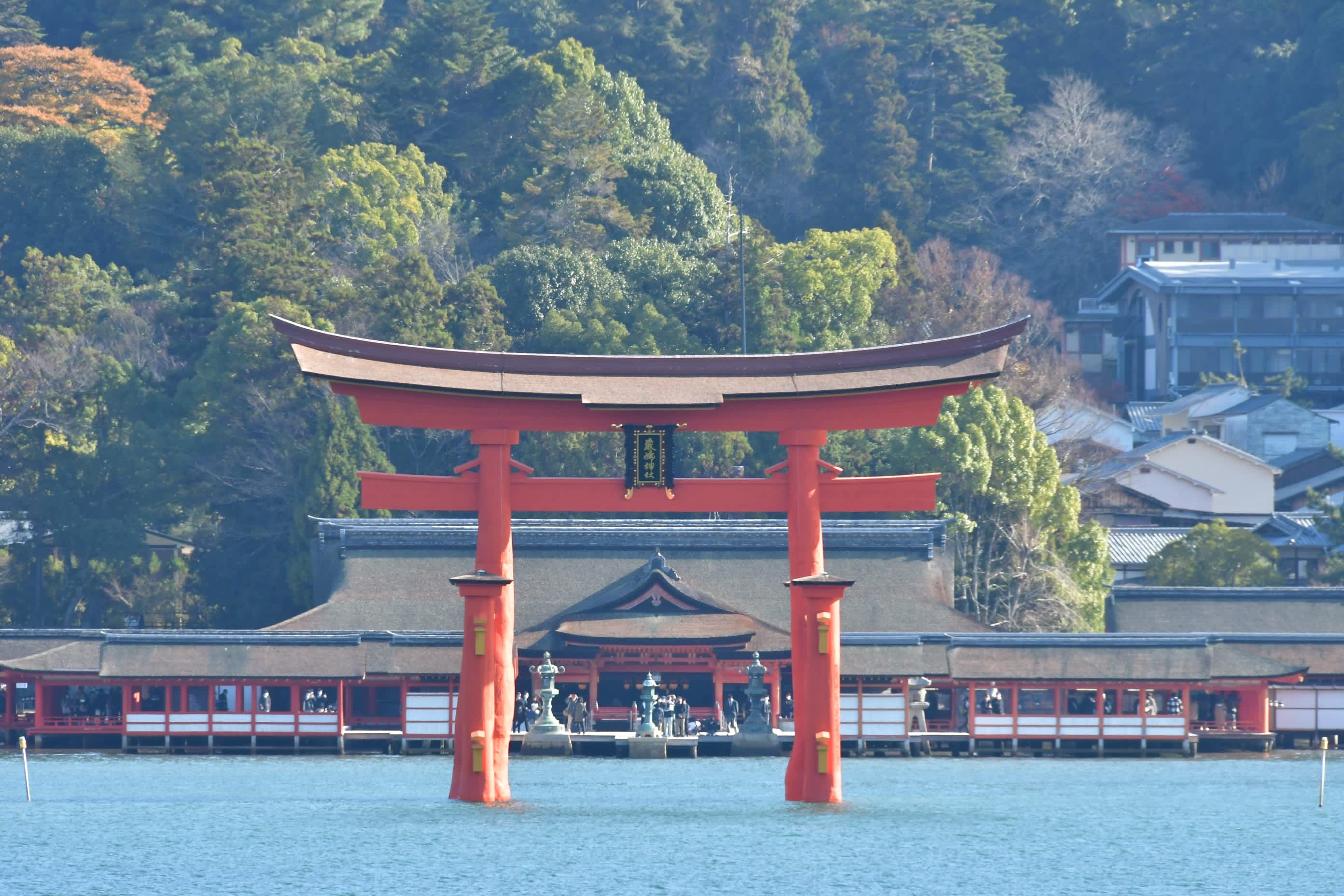
Very few scenes are as heavily associated with Japan as the torii gate at Itsukushima Shrine. The shrine is named after the island itself, though colloquially, this island is known as “miyajima,” literally translating to “shrine island,” indicating how strongly the shrine’s presence is connected to Itsukushima.
The shrine is said to have been initially built in 593 AD and has undergone a number of changes over the centuries. In 1996, it was declared a UNESCO World Heritage Site. The highlight of this shrine is its torii gate, which seems as though it’s floating during high tide. This scene is especially beautiful during sunset, when the golden hour lighting illuminates the surroundings. The shrine's main buildings are also constructed on the water. Access to the main shrine and the treasure hall inside cost 500 yen for an adult combined ticket and 150 yen for children. To get to the shrine people can ride a ferry out which is actually accessible via the Japan Rail Pass.
Haigamine Observatory
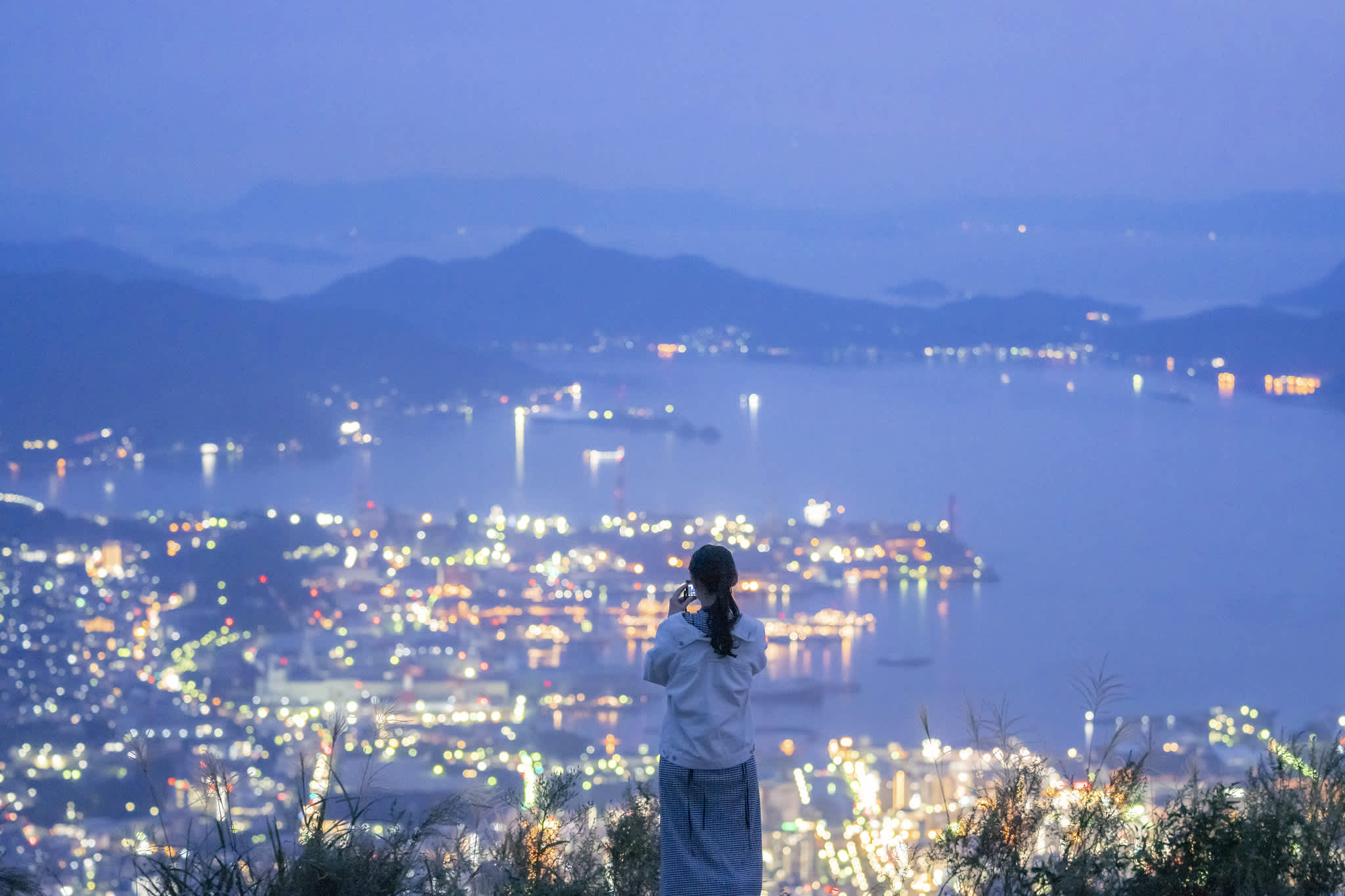 The view of Kure city from Haigamine Observatory ©Hiroshima Tourism Association
The view of Kure city from Haigamine Observatory ©Hiroshima Tourism Association
Often described as one of Japan’s top 100 views, the panorama that is visible from Haigamine Observatory is breathtaking. Culminating at over 700 meters above ground, the mountaintop offers a unique look over the city of Kure, near Hiroshima, as well as the inland sea and the islands of Hiroshima Bay. The drive up to the observatory is a bit treacherous for inexperienced drivers, so we recommend taking the 1h30 walk up there. It’s easily accessible from the Japan Rail Kure station with the Japan Rail Pass.
The best time to visit is either in the morning, to enjoy the sunrise and see how far the weather conditions allow you to see, or at night, where the view from Mount Haigamine takes a whole new depth. Listed in the top 3 night views of Japan, the panorama over Kure when the sun sets is something to see at least once in your lifetime. The city lights stretch all the way to the Hiroshima Bay, where it meets the seemingly infinite dark waters blending with the night sky horizon, only interrupted by the lit up coastlines of the Seto Inland Sea islands.
Onomichi/Senkoji Temple
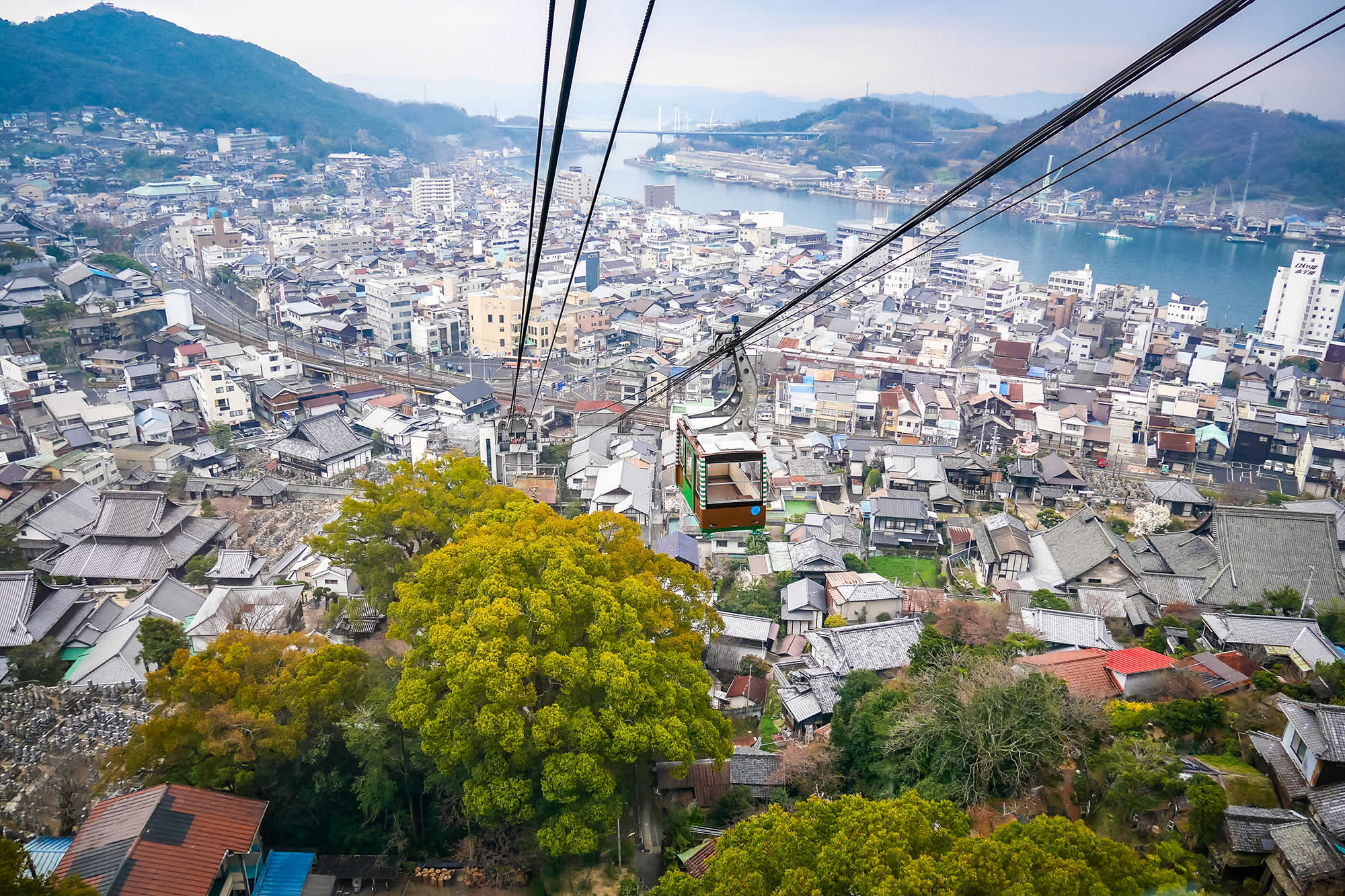
In Eastern Hiroshima Prefecture is Onomichi City, about a one-hour Shinkansen ride from the prefecture’s capital city - included with your Japan Rail Pass. Here, one can find a number of attractions that are built throughout the area’s hilly geography. Senkoji Temple is located on the hillside of Daihozan. This elevated position gives visitors to the temple a clear view of Onomichi Port and the city beside it.
Heading up to the temple can be as much of a treat as the temple itself, as it is accessible via cable car that takes travellers from the base of the hill up to the hillside. For those looking to get in their steps in for the day however, a series of stairs lead up to the temple.
To wind down in Onomichi, visitors can go to Karasawa Ice Cream Shop, whichthat sells traditional Japanese Monaka, a frozen treat consisting of ice cream inside of rice cake shells that resembles an ice cream sandwich.
Tomonoura port
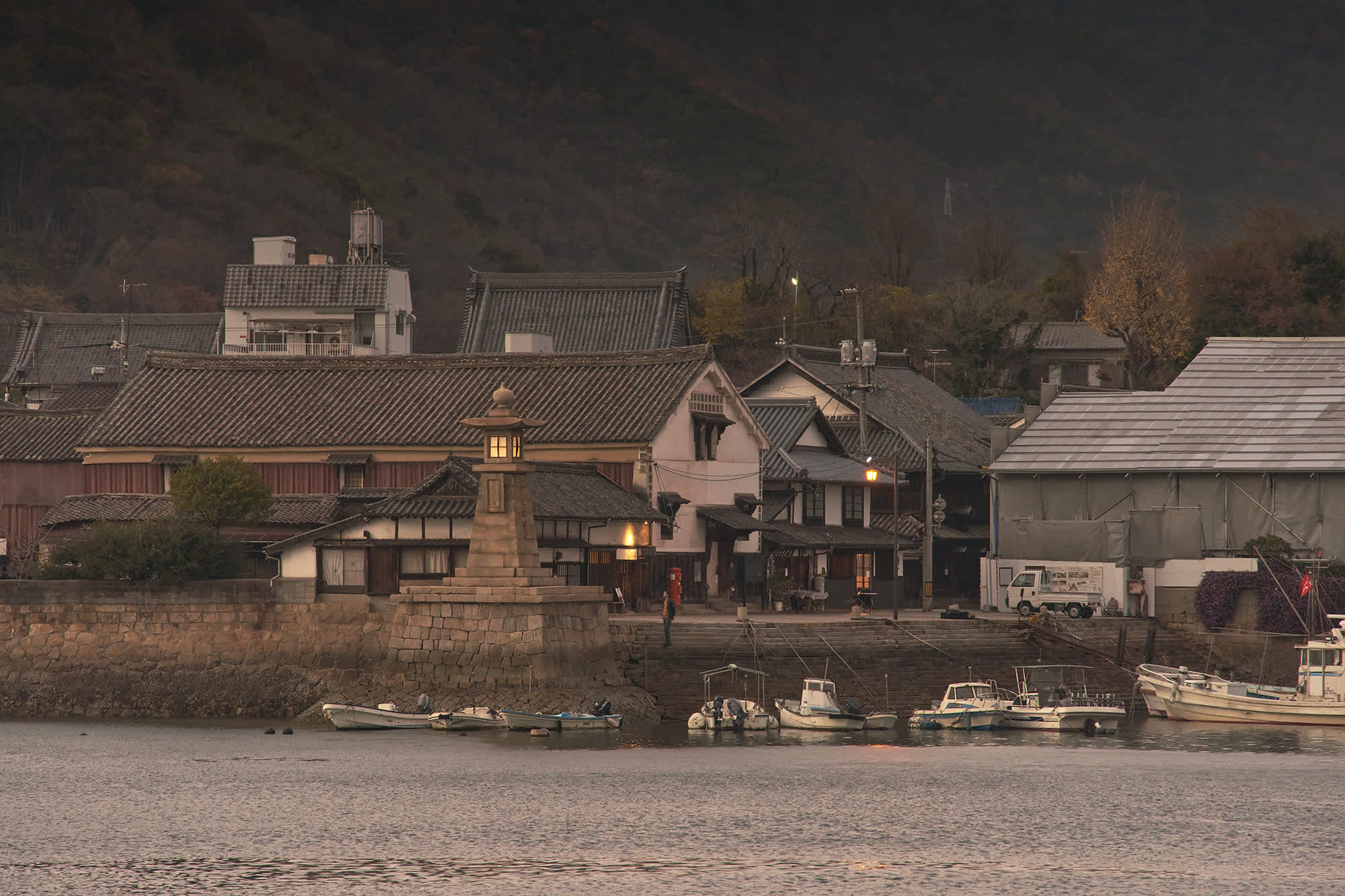
Studio Ghibli movies aficionados will most likely have a sense of déjà vu when seeing the picture above. Tomonoura’s cute and authentic port looks like a perfect backdrop to the story of Ponyo on a cliff by the sea, and this is no coincidence. Indeed, the quaint little seaside town was the inspiration for Hayao Miyazaki’s 2005 film ! Part of the Setonaikai National Park and overlooking the Seto Inland Sea, Tomonoura is easily one of the most scenic spots around Hiroshima Bay.
Almost a picture-perfect depiction of old-fashioned Japan, wandering the streets of this bucolic village will feel like time travelling. Old wooden houses, local cafés and historic temples and shrines surround a tranquil inlet port, vintage lighthouse included. The Joya-to lighthouse has been guiding ships around the port since 1859! A trip to the past and into the mind of Miyazaki, just a short Shinkansen ride away from Hiroshima station, stopping at Fukuyama JR station with the Japan Rail Pass and then taking a bus to the seaside village.
Shimanami Kaido Scenic Route
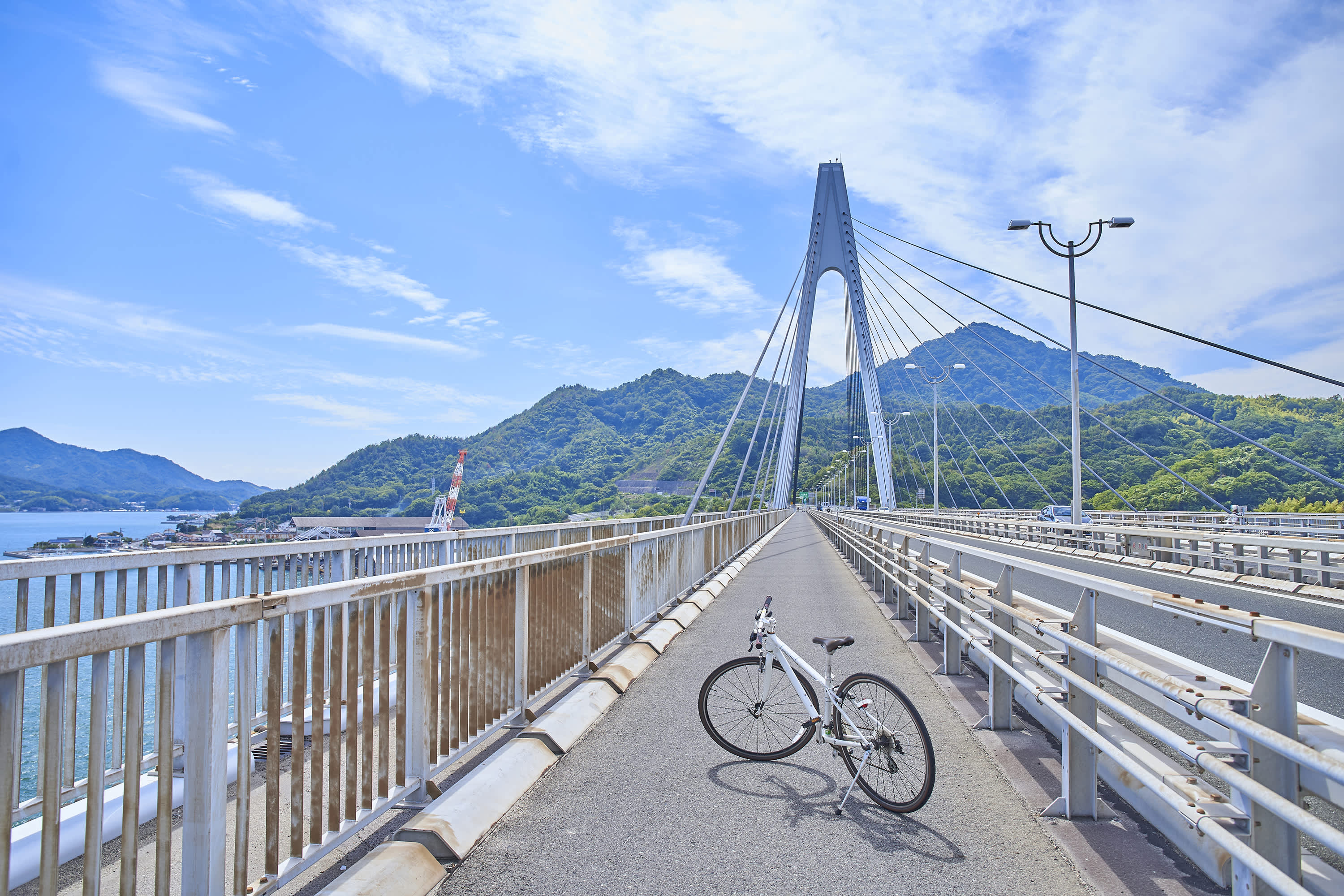
Often dubbed the “Cyclist Sanctuary,” the Shimanami Kaido Cycling Scenic Route is world-renowned by professional and hobbyist cyclists alike. This cycling route exists on both Honshu Island and Shikoku Island, spanning from Onomichi in Hiroshima to Imabari in Ehime Prefecture. The route crosses islands throughout the Seto Inland Sea, letting cyclists enjoy the beautiful view of the coast and smell of the fresh sea air.
The cycling route is appropriate for cyclists of all experience levels and is indicated with a sky-blue line throughout to guide cyclists. There are 150 different cyclist oases to rest at and a number of different facilities to provide repairs and assistance. For those who cannot bring their own bikes from abroad, there are rentals available!
Day trips from Hiroshima
Sandankyo Gorge
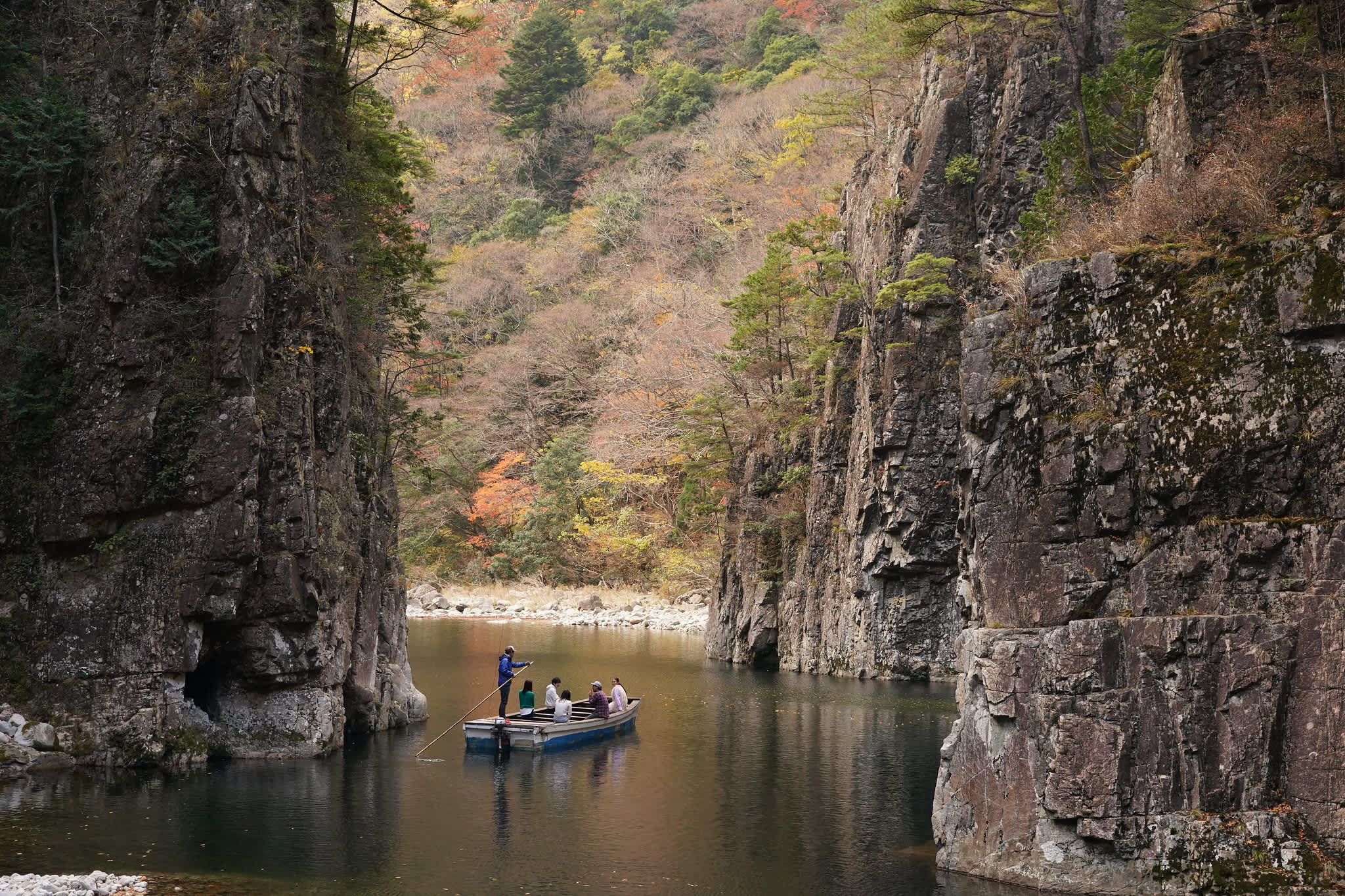
If you like waterfalls, forests and crystal clear waters, then Sandankyo Gorge is the place for you. Just an express bus hop away, the best of what the Japanese countryside has to offer is yours to experience. Several hiking paths - from 30 minutes up to 4 hours - will get you around this truly splendid wonder of nature through cliffs, elevated walkways, hanging bridges, ravines, rushing streams. And for those of you who are feeling adventurous and want to relish in Sandankyo Gorge’s breathtaking beauty from the water, kayaks are available for rent at the entrance of the Sandan Valley.
As you find yourself deeper into the park, a gorgeous reward reveals itself in the form of an emerald green pool of water, Kurobuchi. From there, take a boat to travel across the pond, and find Kurofuchi-so, a family restaurant serving fresh grilled salmon. Sandankyo Gorge also boasts a hotel if you want to make this resourcing escape from the city a 2-day trip - or if you missed the last return shuttle to Hiroshima. If that’s the case, not to worry : Sandankyo Hotel has a relaxing onsen for you to unwind.
Okunoshima Island
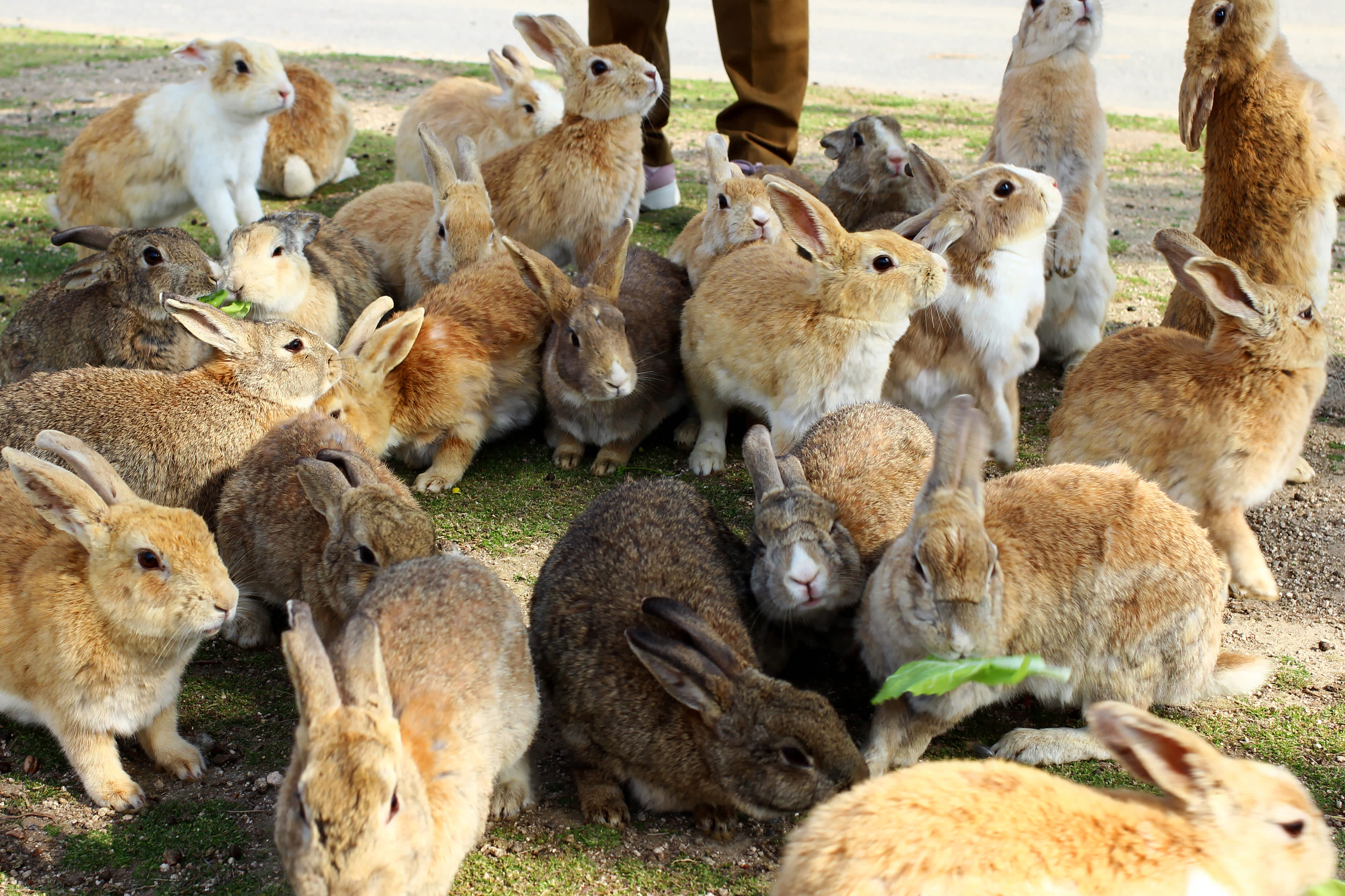
This small island, 15 minutes off the coast of Hiroshima via ferry, is often called “Rabbit Island,” whose name alone is enough to inspire excitement in any animal lover. Okunoshima is home to over 1,000 wild rabbits that roam around and come up to tourists for food. The island is a popular day-trip destination, but there is also a hotel on the island for any guests wishing to stay overnight.
The presence of these adorable rabbits definitely provides a relaxing environment, but the island has a rather dark history as the rabbits were originally introduced to the island during World War II, for chemical weapons research.
While the rabbits are the primary draw for the island, a number of attractions are also great ways to spend time, including the aforementioned museum, water-sport activities and beach-going, and there’s even a cafe to relax with a drink!
Serakogen farm/Hiroshima Miyoshi Winery
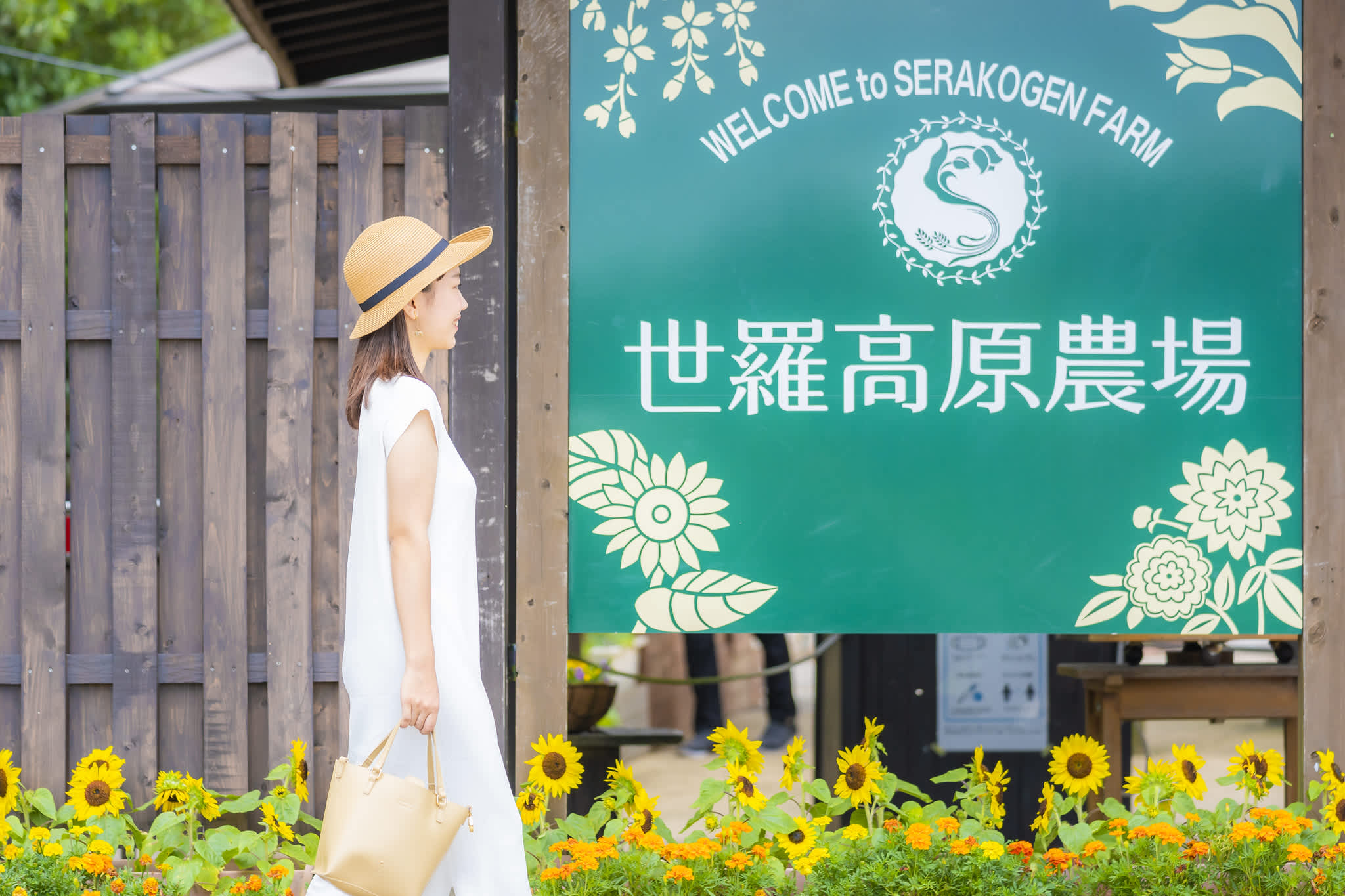
The town of Sera is found in the centre of Hiroshima Prefecture. Here, the climate is typically warmer than much of the rest of the prefecture, creating an ideal environment for the lush flower fields. From April to December, a different seasonal flower is featured at varying places like Serakogen Farm, Kamuno Sato Flower Village, and Sera Kogen Flower Forest. During the winter months, Sera Kogen Flower Forest creates a candle display at night.
Sera’s economy is largely agriculturally driven, boasting not just beautiful flowers but high quality food products. Sera Burgers have been a favorite of the area and are largely made from locally sourced ingredients. Also revered in the area is the crop of grapes which are used in wine production at the Miyoshi Winery. The most distinct of their offerings is that of “Fuki Wine,” produced with Fuki Grapes that are notable for their high sugar content. After enjoying the gorgeous scenery of the area, travellers can make their way to the winery to enjoy tastings of the locally produced wines.
Takehara
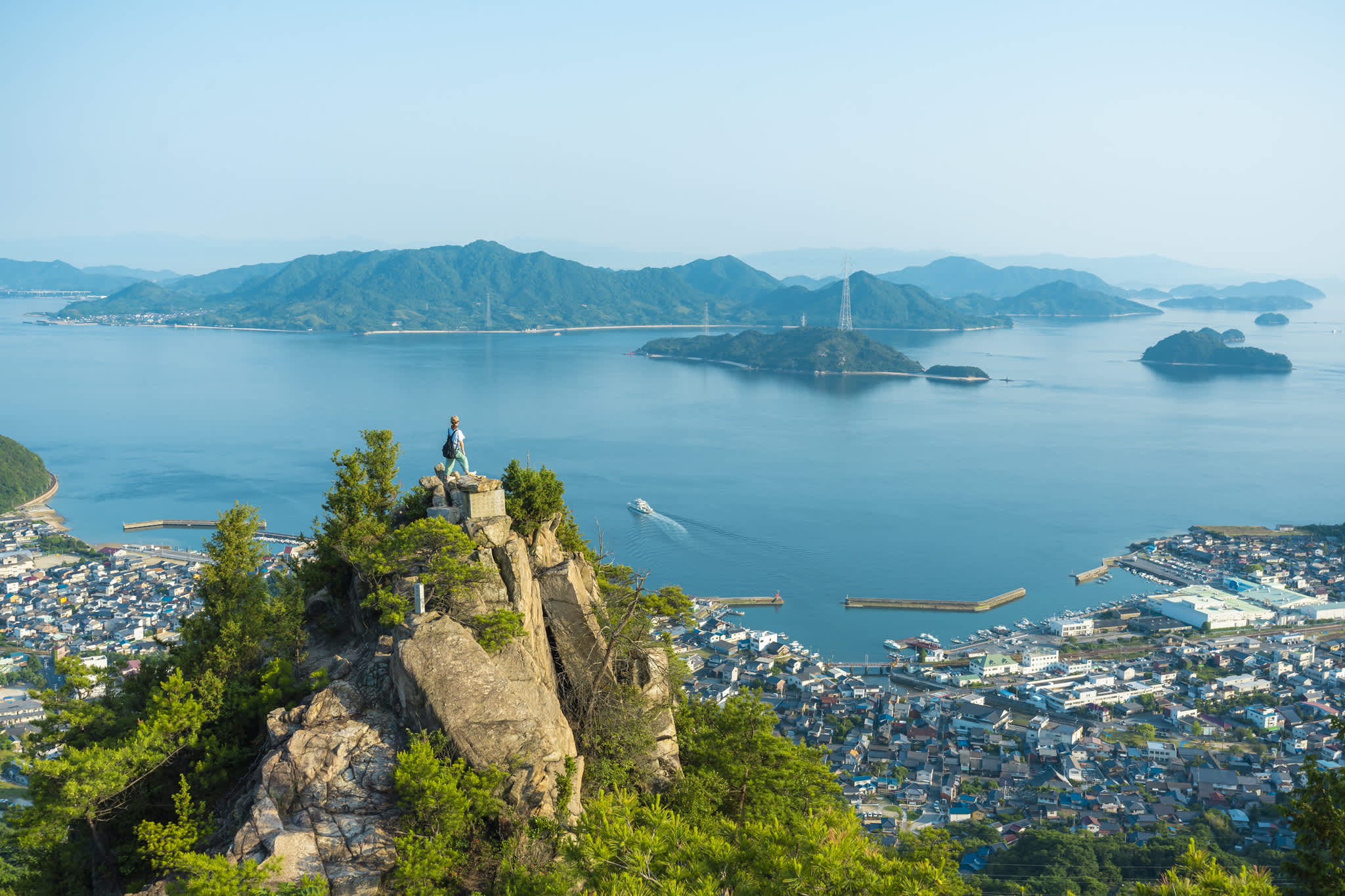
Back in the day, Takehara was a shining pearl in the Hiroshima Bay, thanks to its production of salt and sake. If the two industries are not synonymous with the area anymore - though you will still find some historic breweries left -, Takehara remains a highlight of the region. Thanks to its preserved architecture and its timeless atmosphere, the quaint seaside town offers an amazing dive into the Edo period (1603-1867), as its streets are filled with old wooden buildings.
Nearby, a 45-minute climb on foot - accompanied by Buddhist statues along your path - will bring you to the top of Mount Kurotaki, and reward you with stunning views of the Seto Inland Sea. Nicknamed “Little Kyoto” thanks to its historic and old-timey feeling, Takehara has one other similarity with the Kansai city : its bamboos. Indeed, Takehara is surrounded by bamboo forests, and they’re worth exploring to take a relaxing stroll as the wind rustles between the tall woods. The picturesque town is accessible via JR trains on the Kure line.
How to Get to Hiroshima
Access to Hiroshima by train
Hiroshima is accessible from Tokyo thanks to a direct Shinkansen ride, passing through major cities such as Nagoya, Kyoto and Osaka, if you want to hop on from there. The trip is included in the national Japan Rail Pass, along the Tokaido Shinkansen and then Sanyo Shinkansen lines and takes approximately 5 hours from Tokyo. The train stops at Hiroshima Station.
Access to Hiroshima by plane
While there are no direct flights from Europe and the Americas to Hiroshima airport, Japan has an extensive domestic flight network to get you to the City of Peace. In Japan, flights to Hiroshima depart from both Tokyo airports, Okinawa, Sapporo and Sendai airport. To get to the city, either take a limousine bus transfer, or arrive at Hiroshima Station through the regional JR Sanyo train line, included in the Japan Rail Pass.
Access to Hiroshima by car
A little more than 800 kilometers separate Hiroshima from Tokyo, which will take a little over 8h30 to complete. If you’re up for the road trip, there are many options available to rent a car in Japan.


























































